
"I am rich Potosí, treasure of the and world, king of mountains envy of kings."
Although these words on the coat of arms that King of Spain Charles V granted to the city of Potosí in 1557 might seem pretentious, they were actually somewhat understated. By 1600, Potosí, the biggest city in Spain's Viceroyalty of Peru, was indeed the "treasure of the world" and the "envy of kings." As the richest silver deposit that would ever be discovered, Potosí would yield a monumental fortune that would impact the world socially, politically and economically.
But Potosí would also be a consummate paradox, a place where fabulous wealth mingled with abject poverty, lavishly adorned cathedrals shadowed dismal hovels, and grand religiosity confronted unimaginable cruelty.
And the drama of Potosí is still playing out today at the lofty elevation of 13,400 feet in the Andes Mountains of southern Bolivia.
CERRO RICO
Potosi's silver was emplaced within a reddish, cone-shaped mountain that the Spanish fittingly named Cerro Rico (Rich Mountain). This barren, 15,689-foot-high remnant of a 14-million-year-old volcanic dome was mineralized when superheated, silver-and-tin-rich hydrothermal solutions surged upward into the fractured dome.
Upon cooling, ore minerals precipitated in veins, with silver veins overlying those of tin. Because of its shape and a low water table, Cerro Rico had an unusually large oxidation and enrichment zone where the original silver sulfide could alter into the silver-chloride mineral chlorargyrite.
This vein-hosted, polymetallic deposit, as geologists now describe it, consisted of a complex network of vertically oriented veins as thick as five feet. Many were extraordinarily rich and graded 40 percent silver by weight. A single ton of this ore, with a volume of just five cubic feet, contained as many as 12,000 troy ounces of silver.
Denne historien er fra December 2022-utgaven av Rock&Gem Magazine.
Start din 7-dagers gratis prøveperiode på Magzter GOLD for å få tilgang til tusenvis av utvalgte premiumhistorier og 9000+ magasiner og aviser.
Allerede abonnent ? Logg på
Denne historien er fra December 2022-utgaven av Rock&Gem Magazine.
Start din 7-dagers gratis prøveperiode på Magzter GOLD for å få tilgang til tusenvis av utvalgte premiumhistorier og 9000+ magasiner og aviser.
Allerede abonnent? Logg på
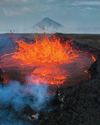
THE BRIGHT SIDE OF VOLCANIC ROCK
As a mineral resource, volcanic rock is decidedly short on glamour.
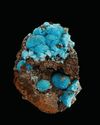
The Other Copper Minerals
12 Lesser-known Collectible Species

MINERAL COLLECTING -AND ROCK & GEM
Evolving Together FOR 54 YEARS
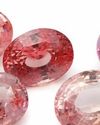
Gemstone Trends
A Look Back at 2024 & What to Expect in 2025
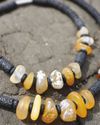
How to Make a GEM BEAD NECKLACE
No Lapidary Experience Needed!
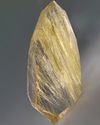
Framing Nature's Art
Faceting Rutilated Quartz for Beginners
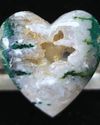
BEDAZZLED BLUE SEAM AGATE
More than several centuries ago, mining was the profession most often seen as befitting of men.
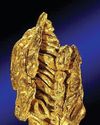
ROCK & GEM FIELD GUIDE:
Spinel is a captivating gemstone with a rich history of being mistaken for gems like ruby and sapphire.
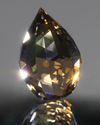
SNAKE SCALE DROP 1.5:1
This Faceting Focus is revisiting the briolette gemstone design because of its popularity with independent and hobby gemstone faceters.
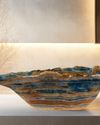
STONE CHIC
How Earth-Inspired Decor Brings Comfort to our Home